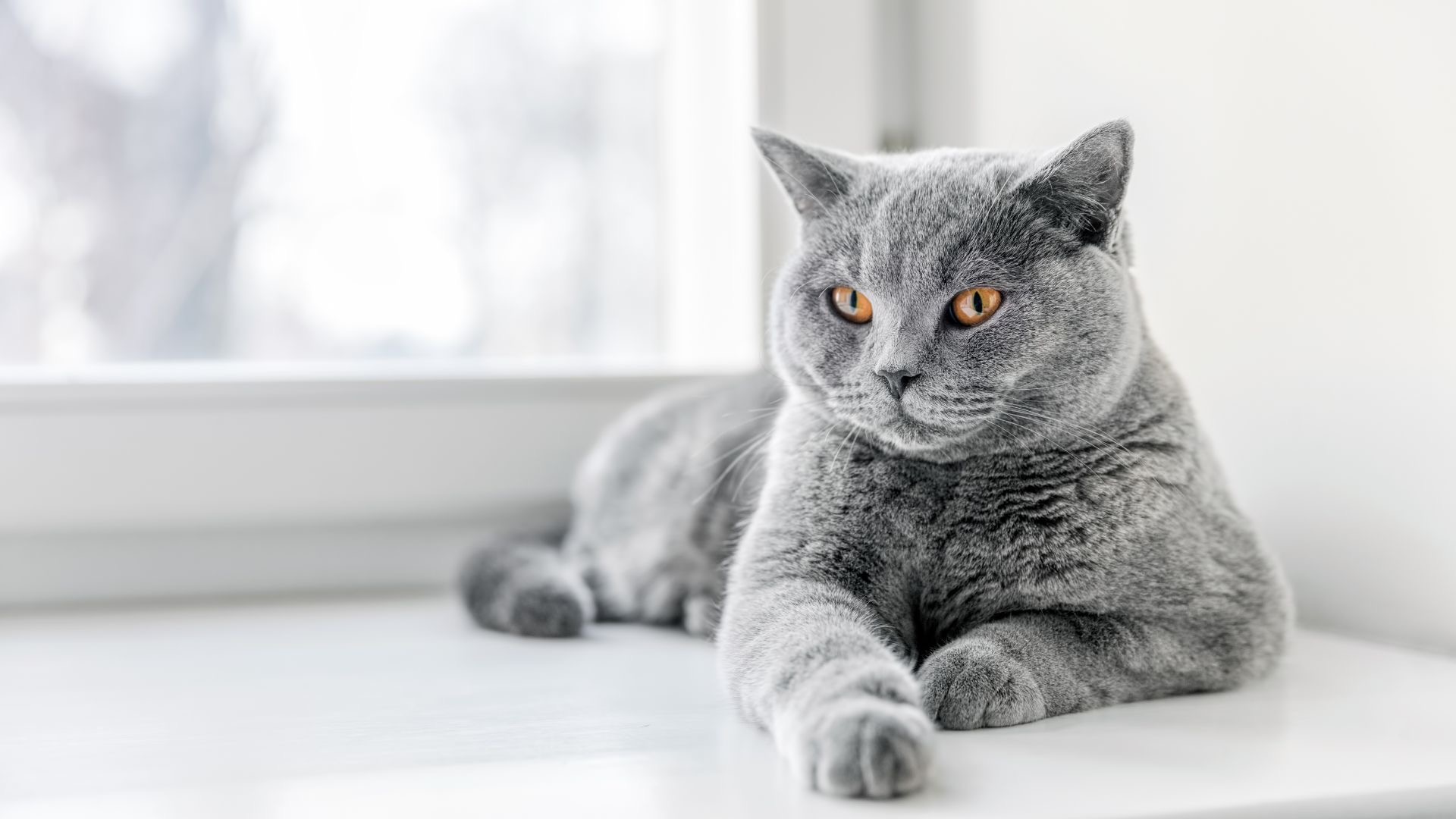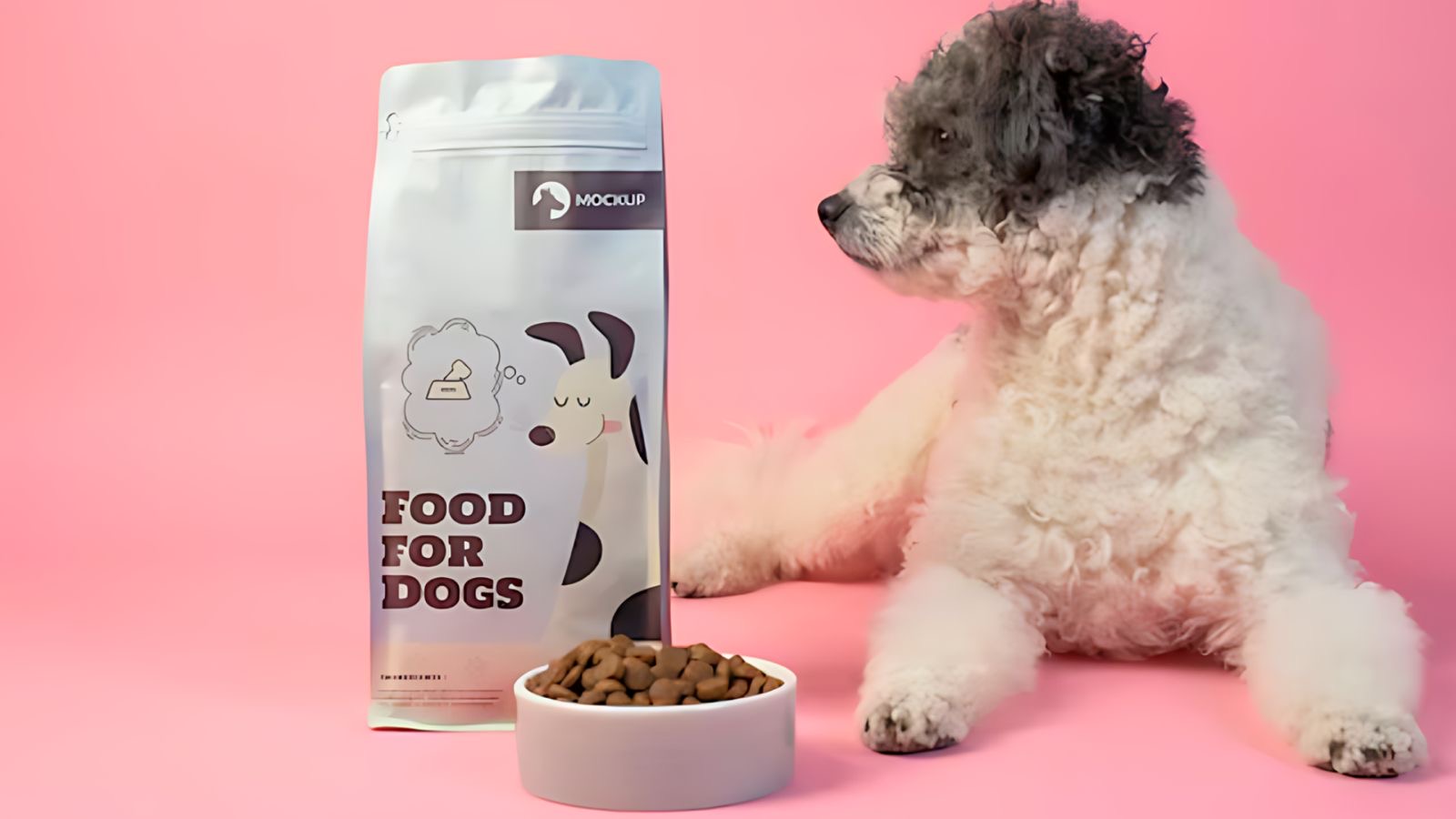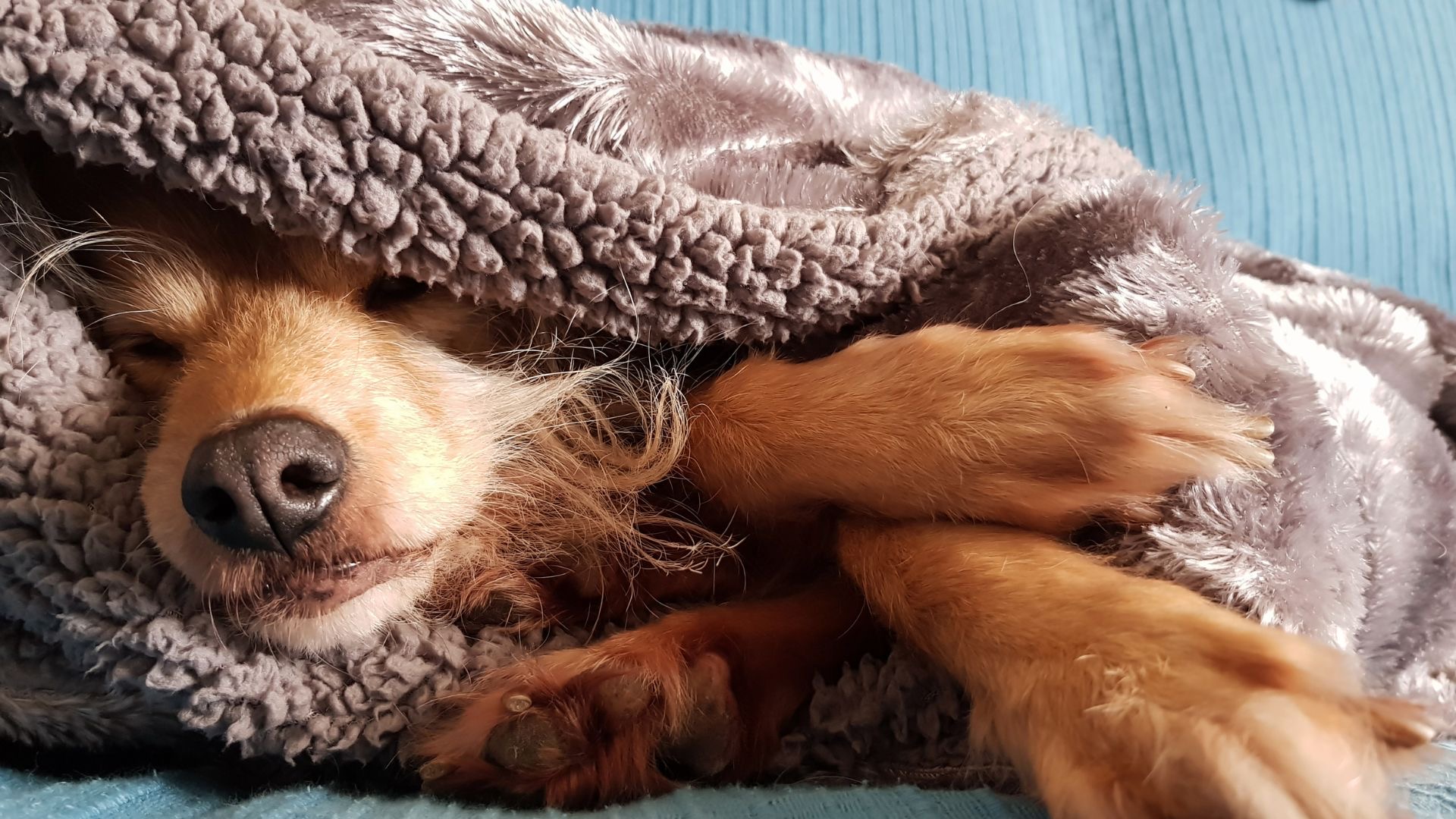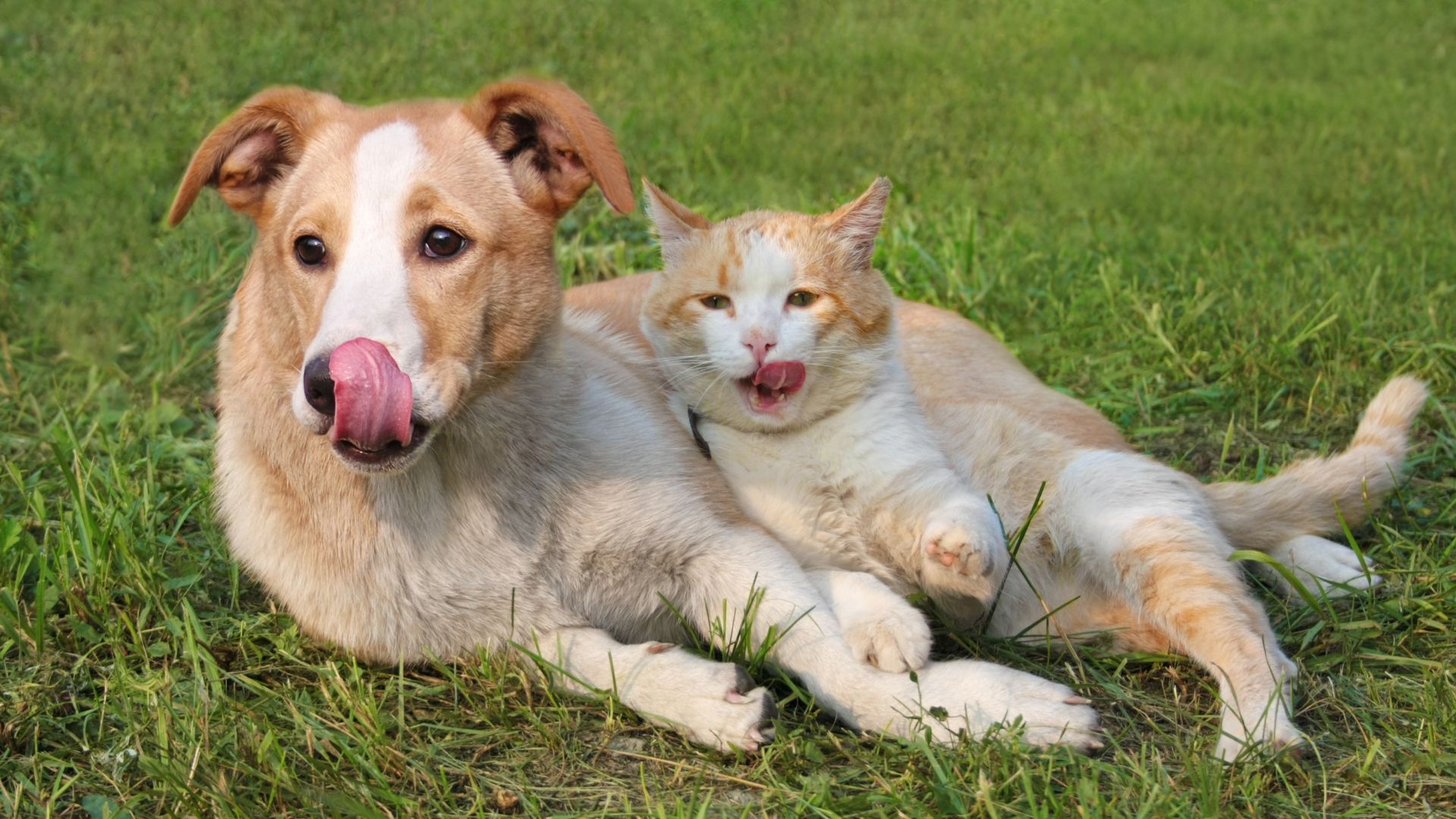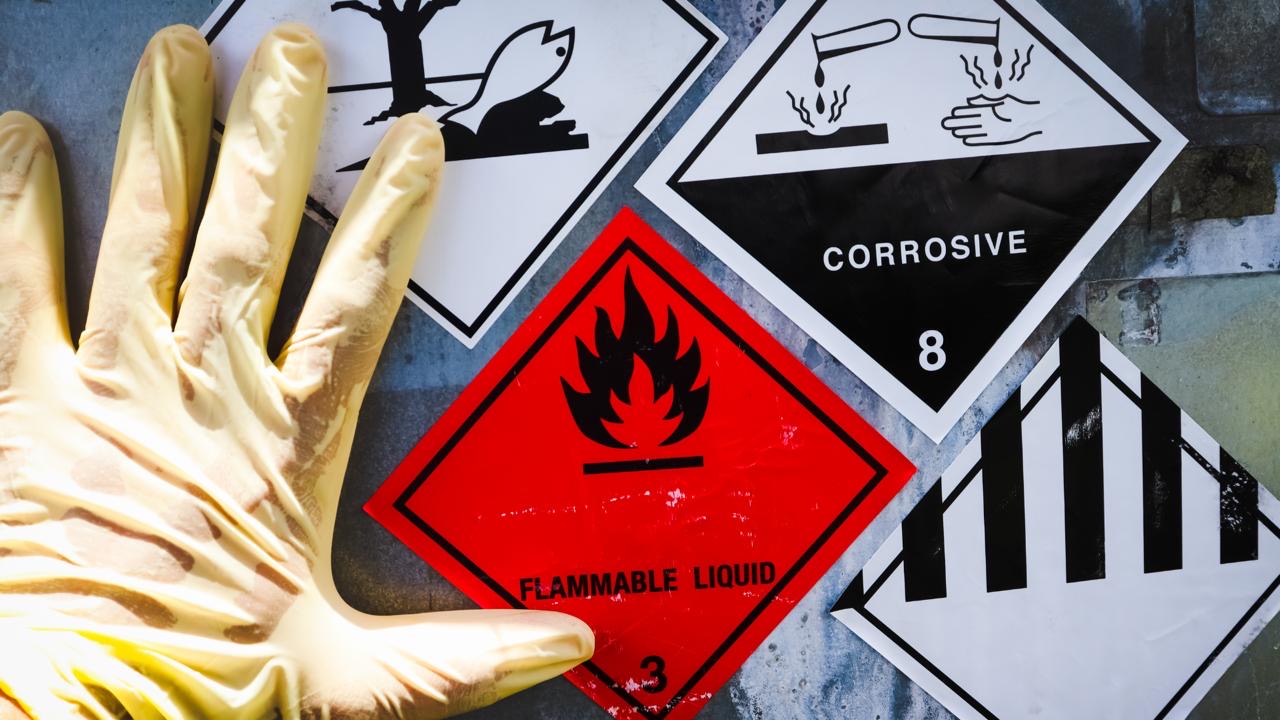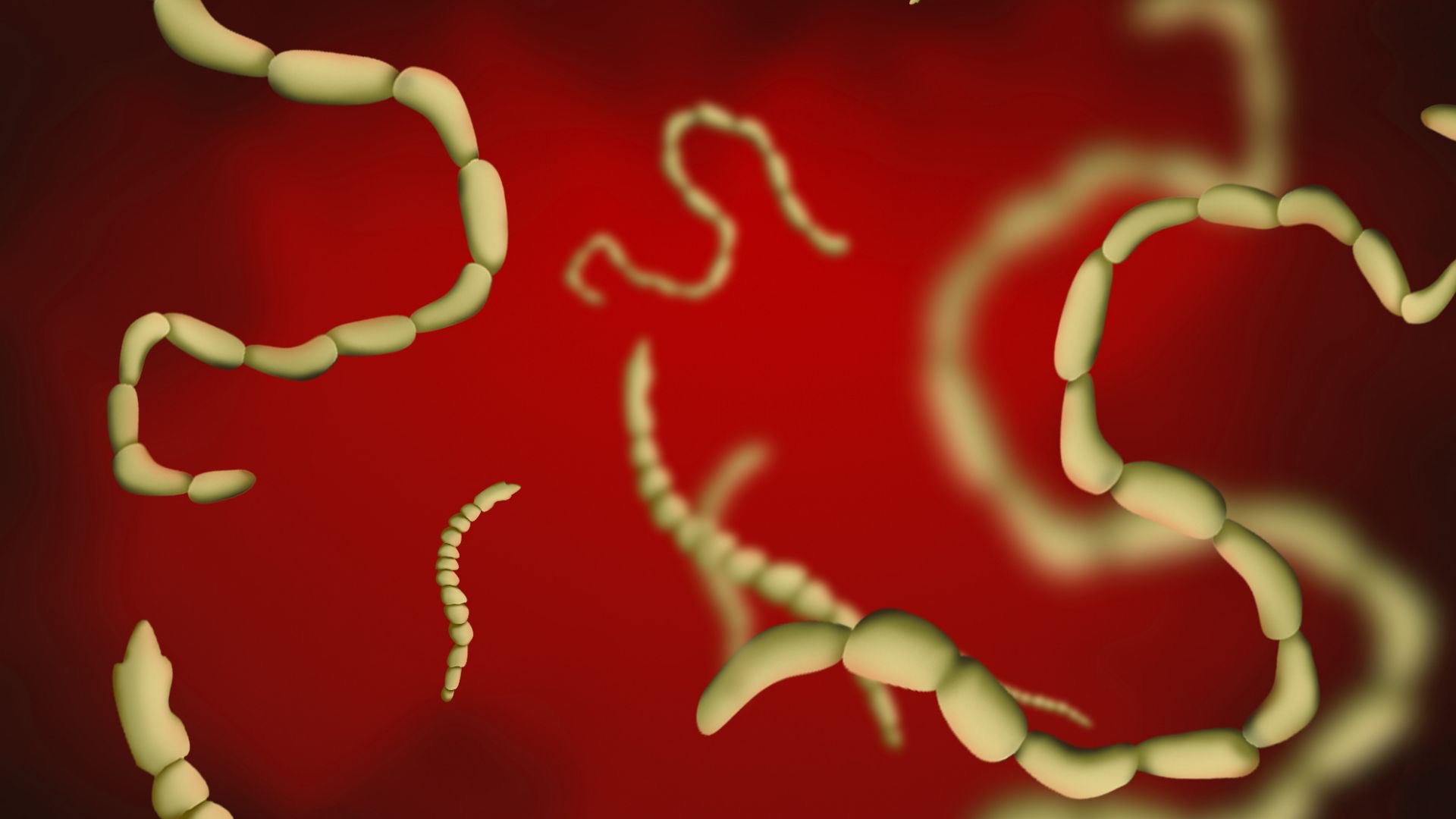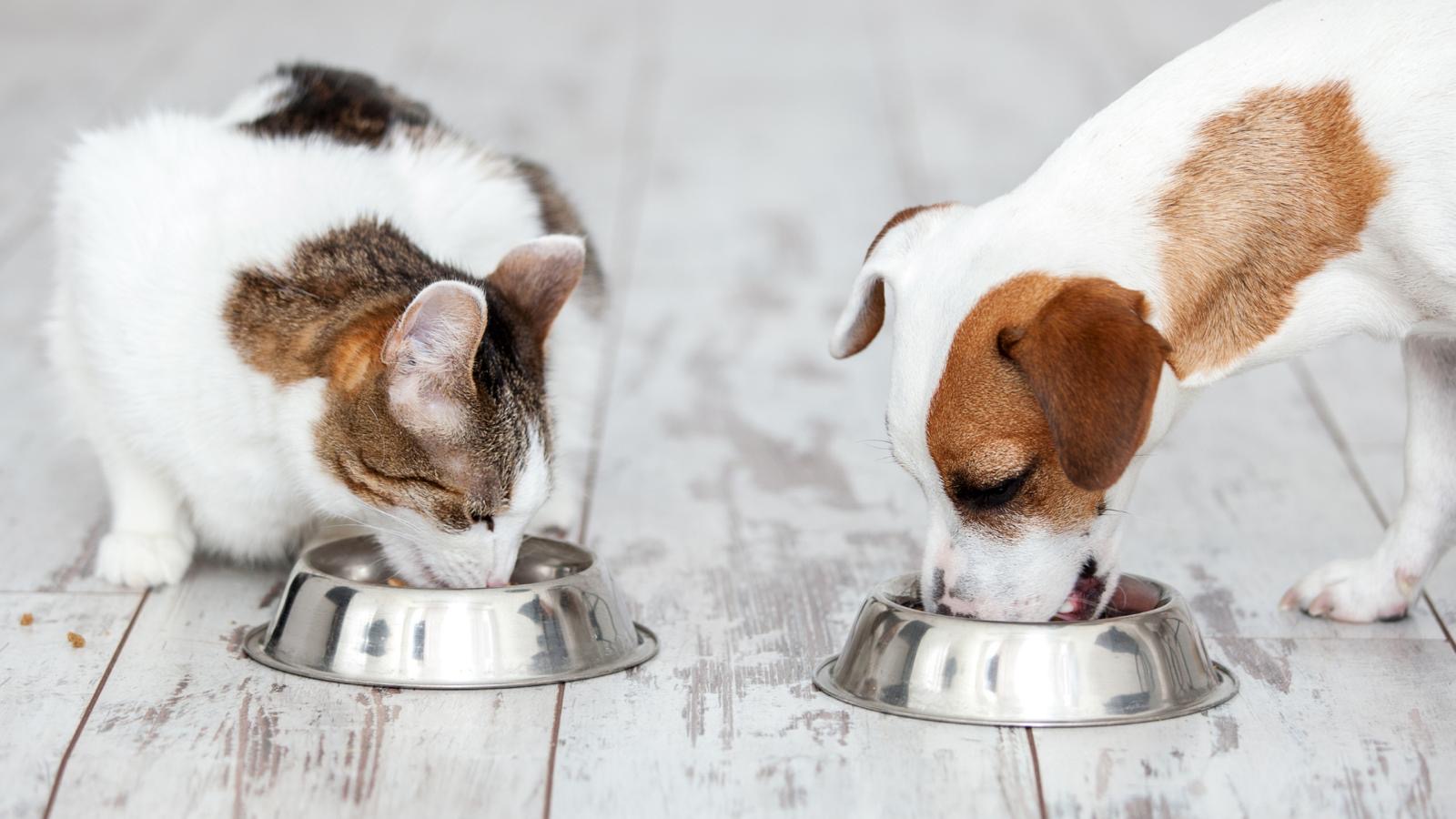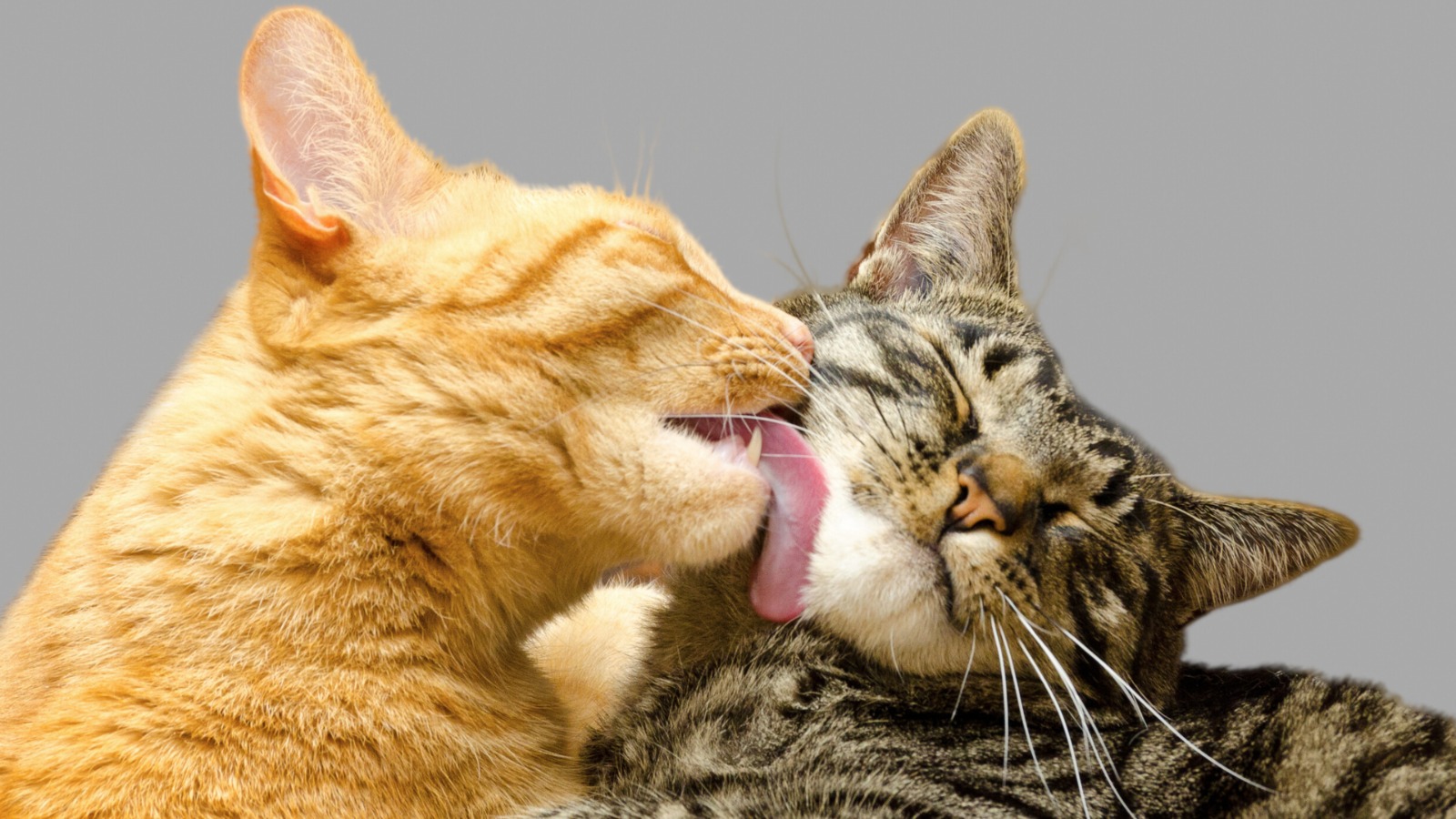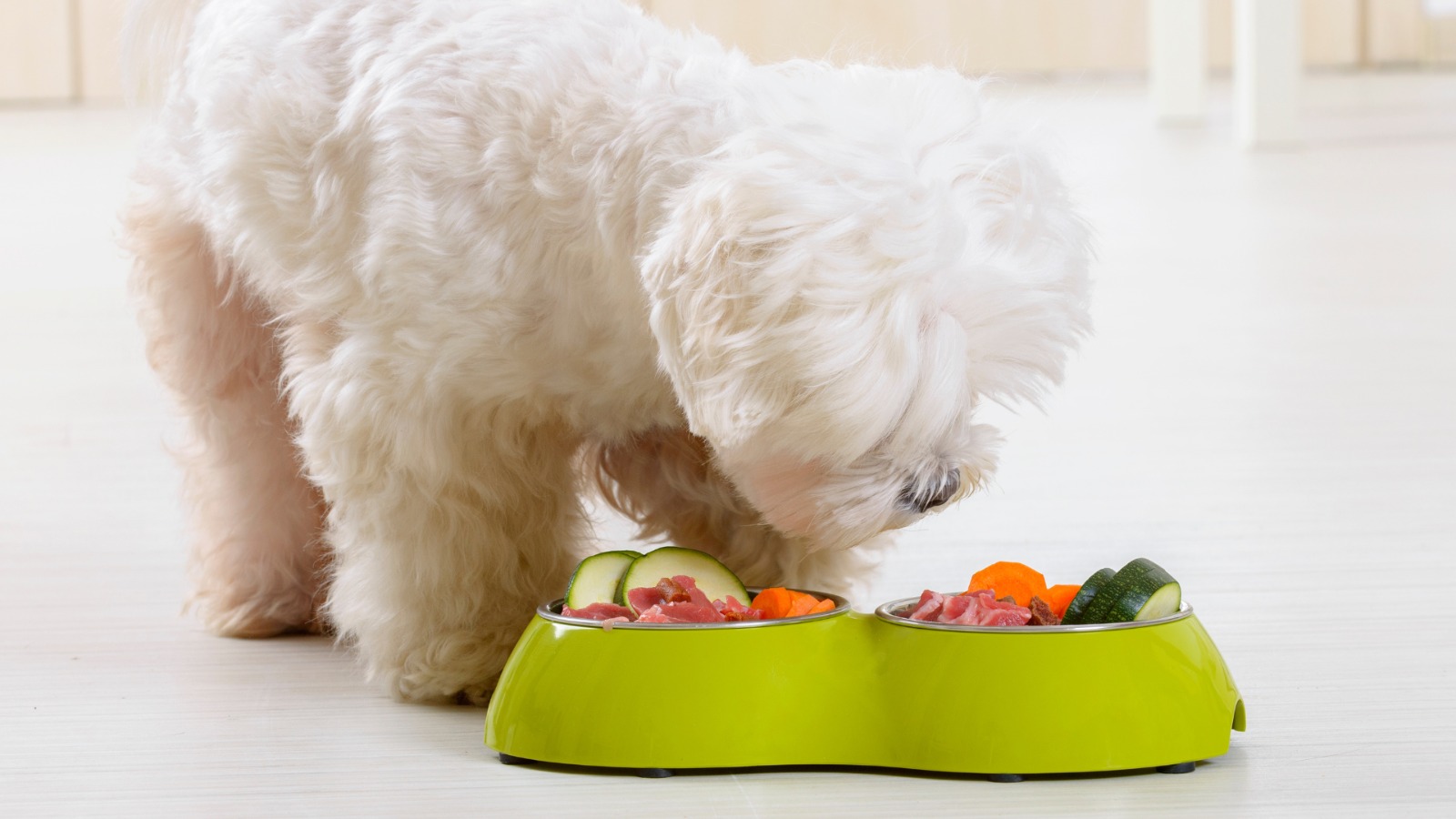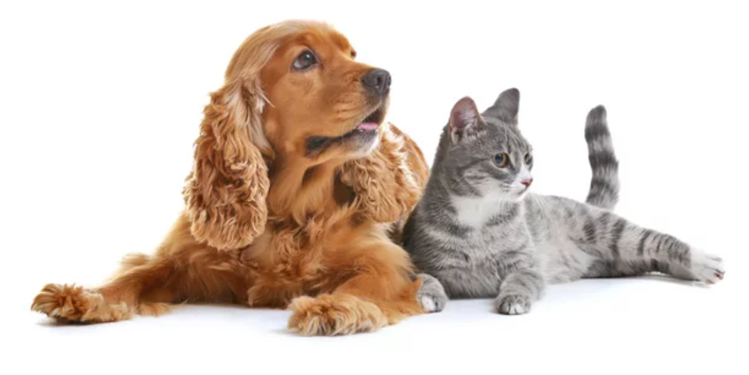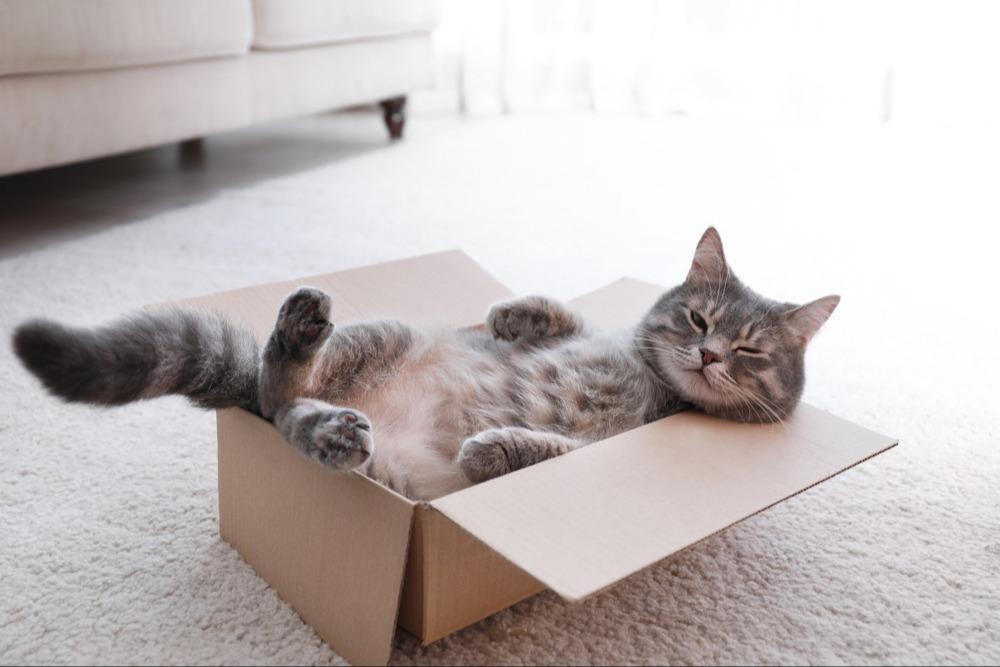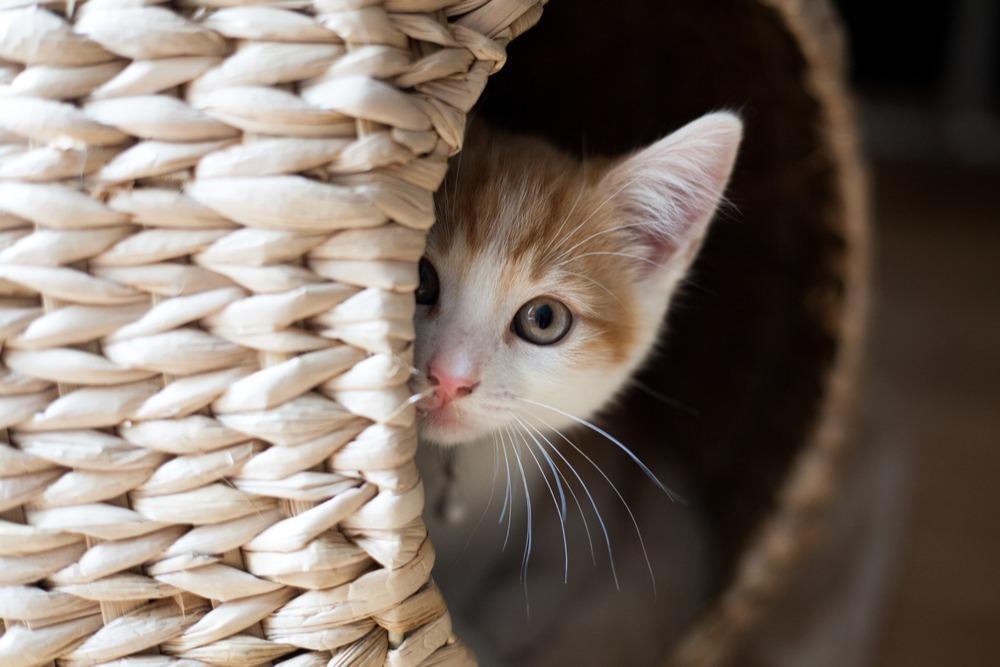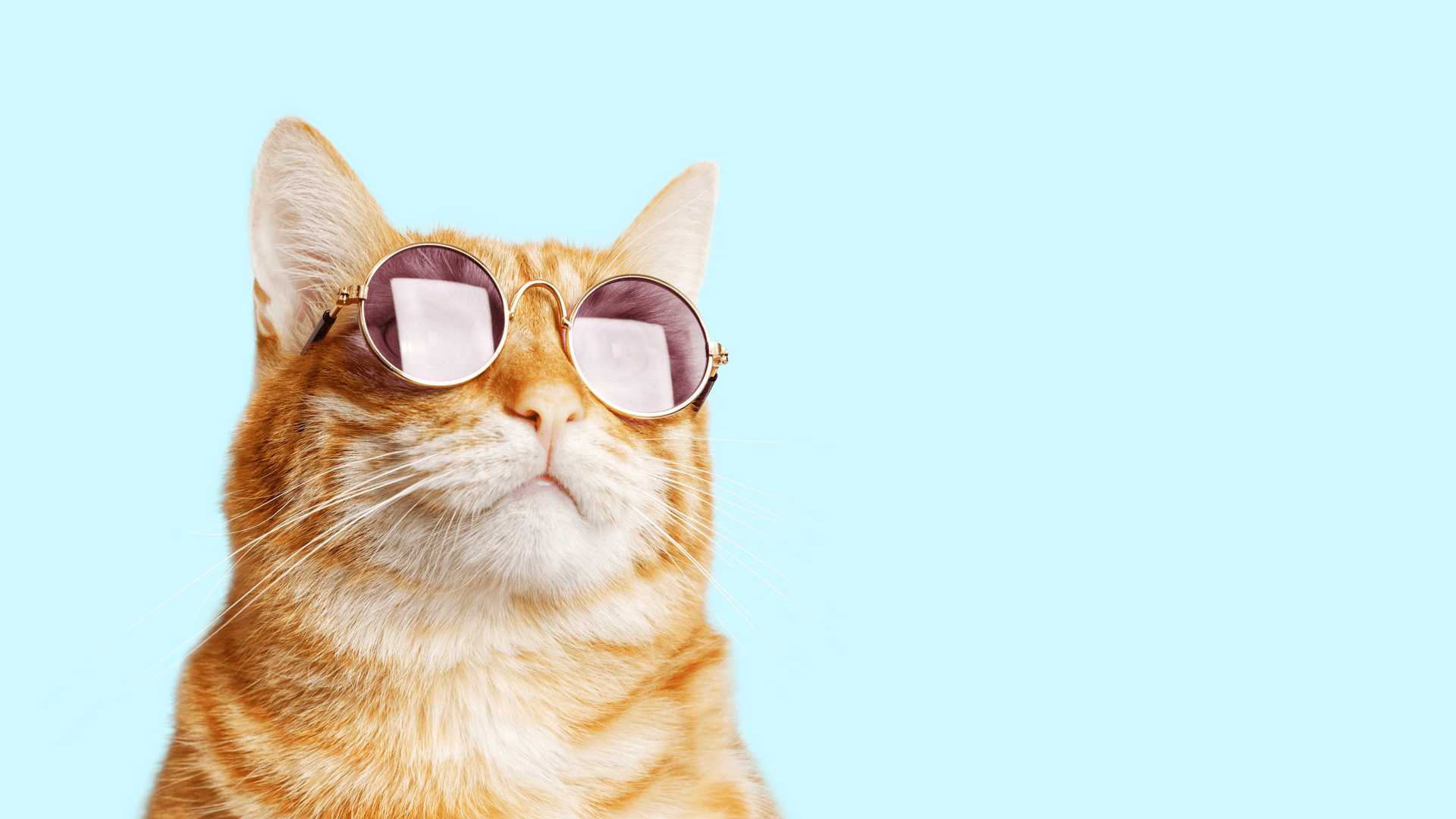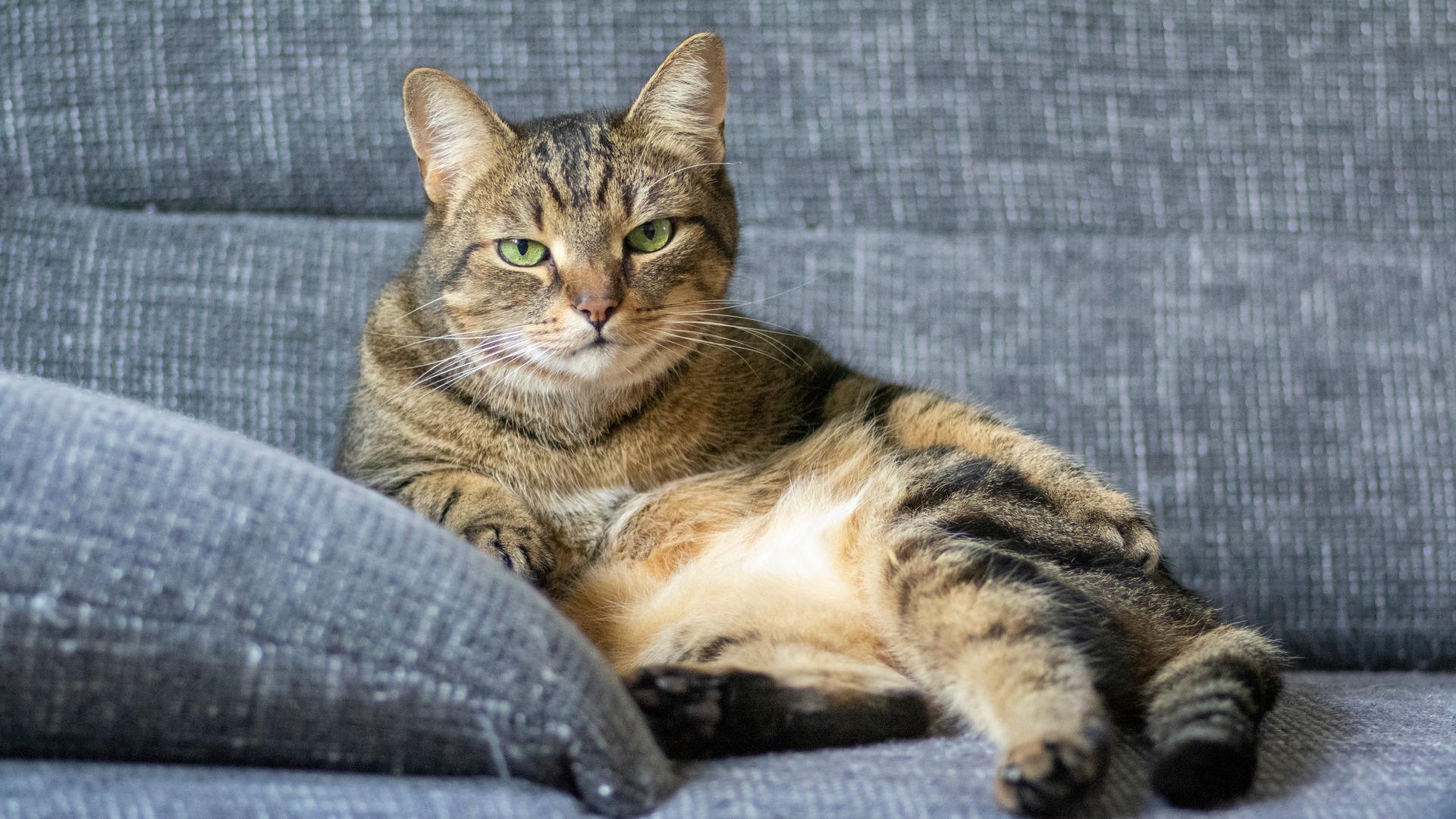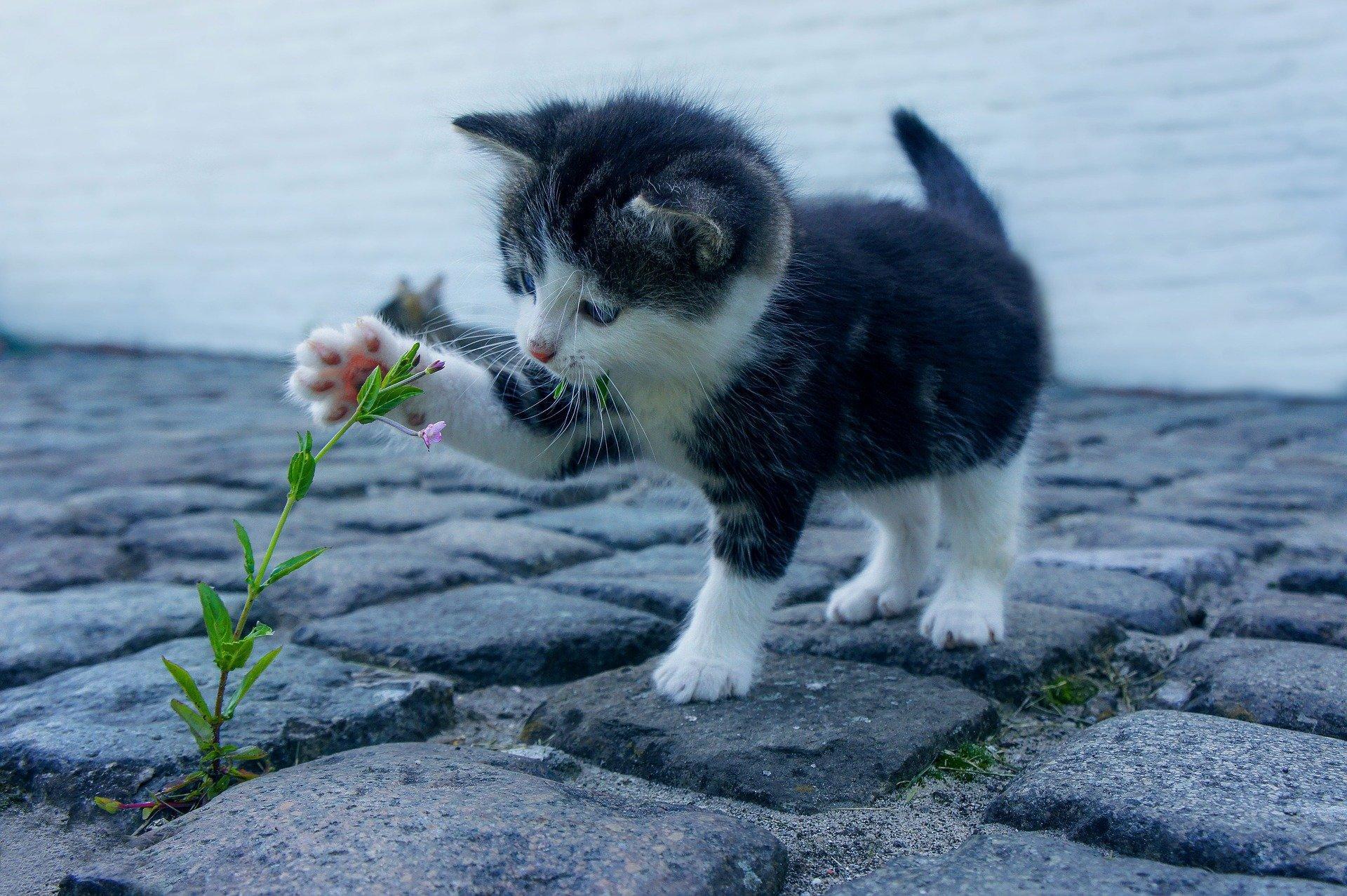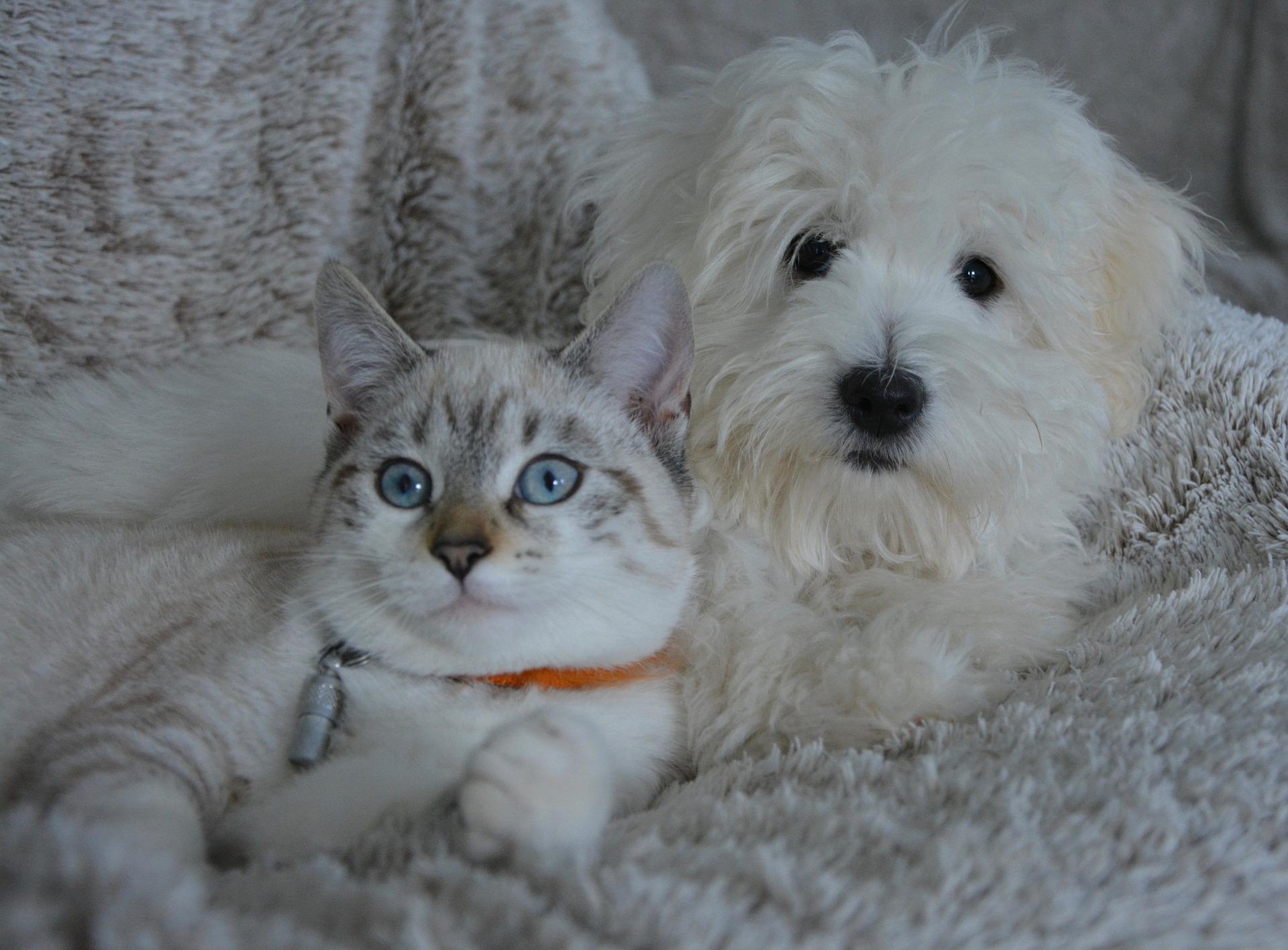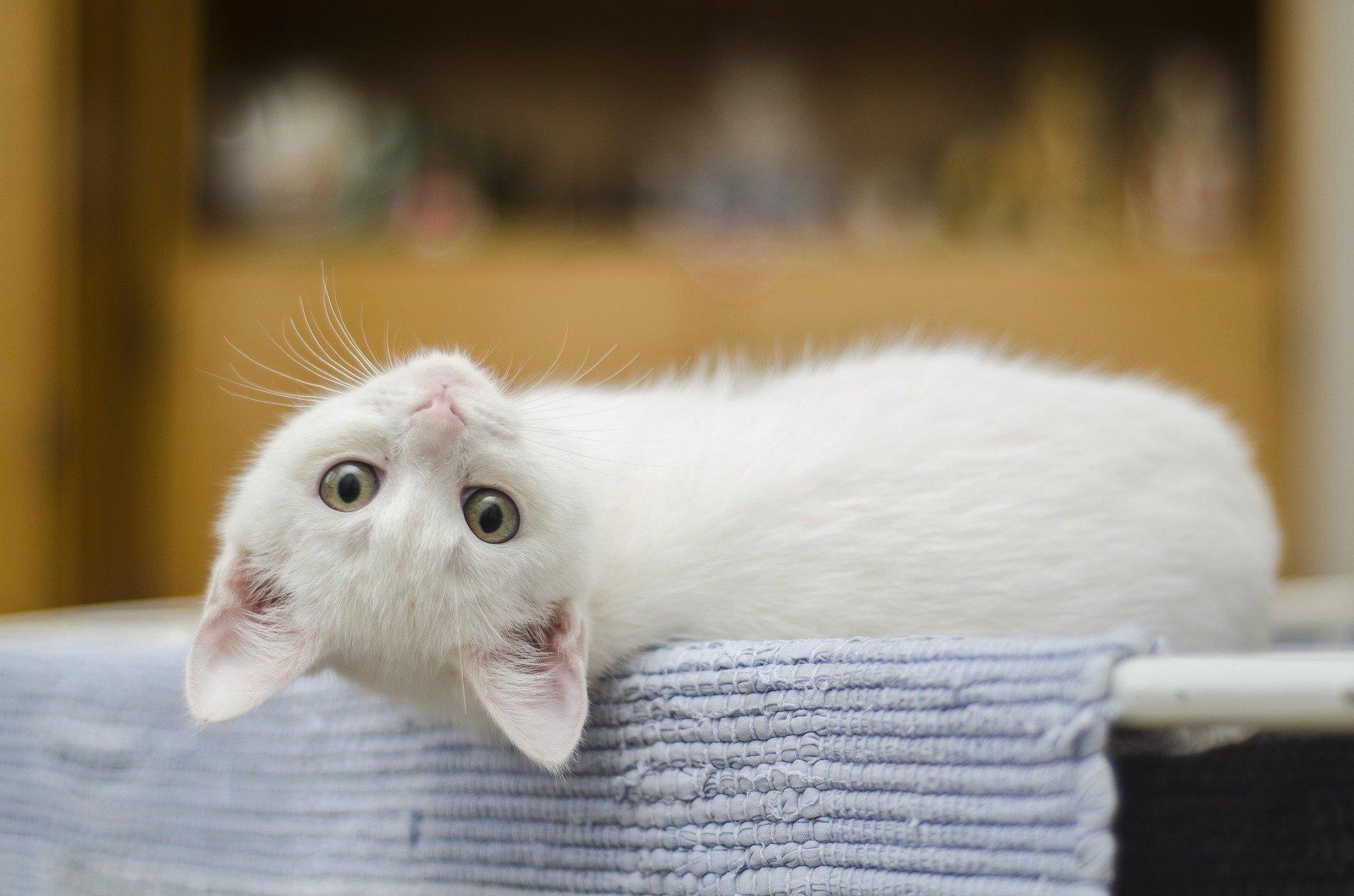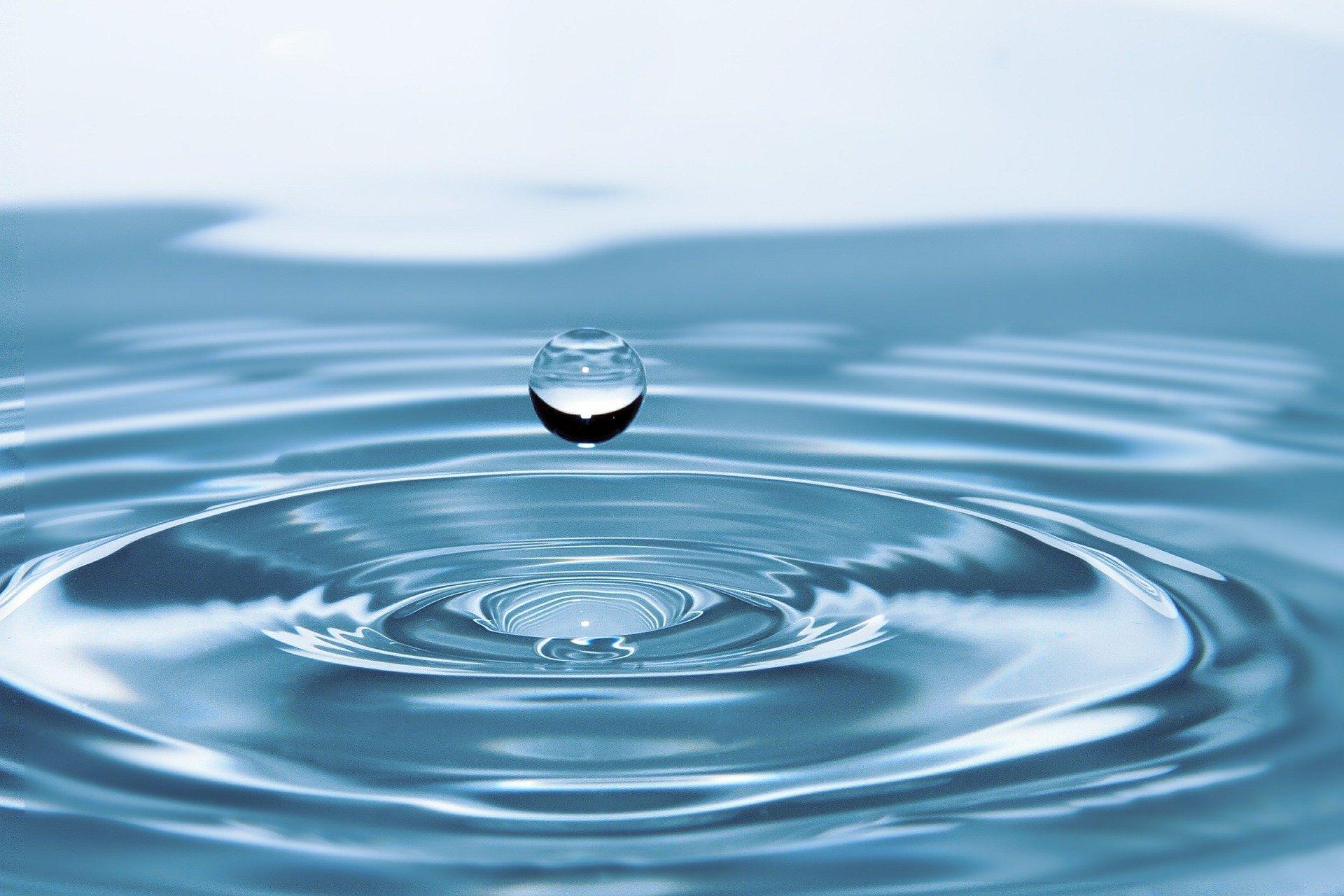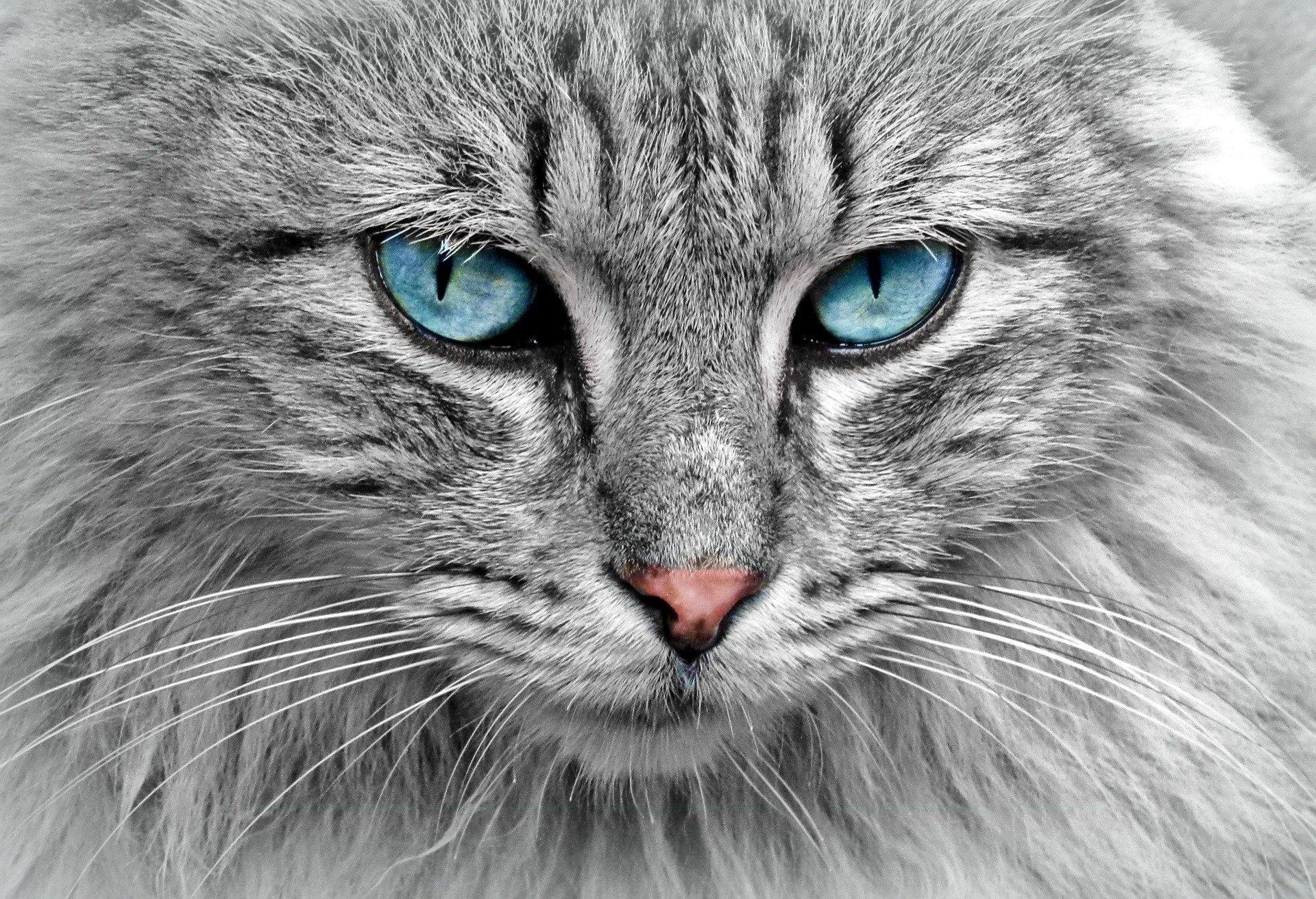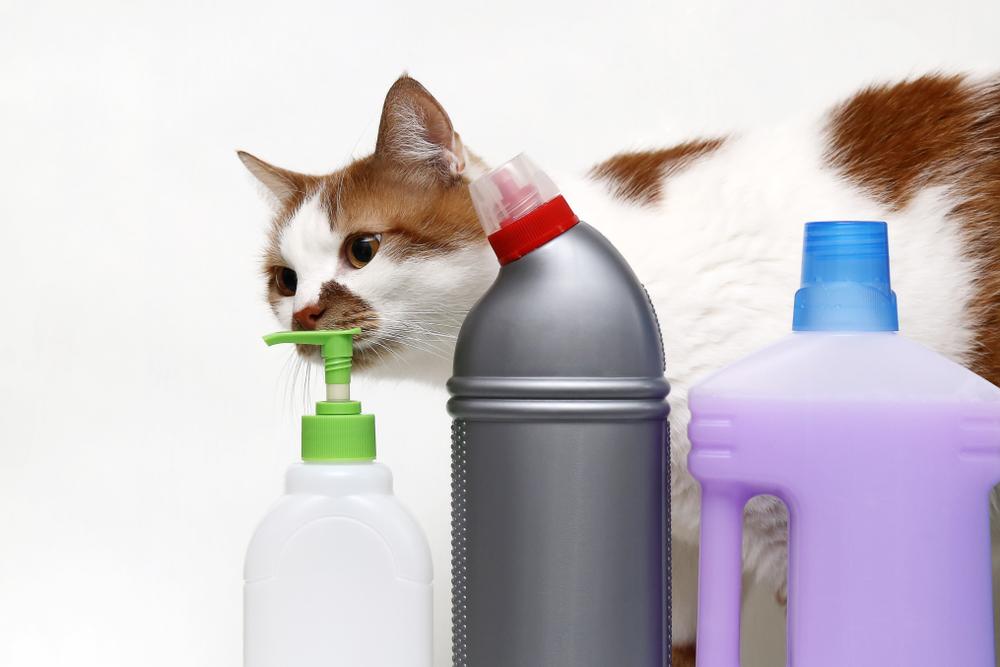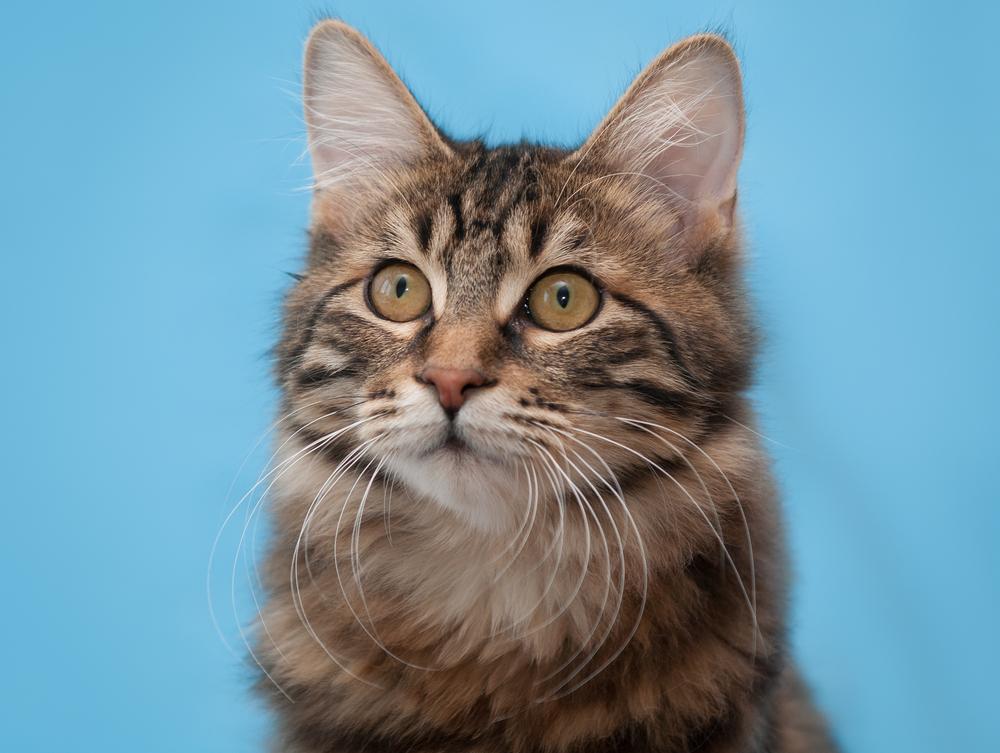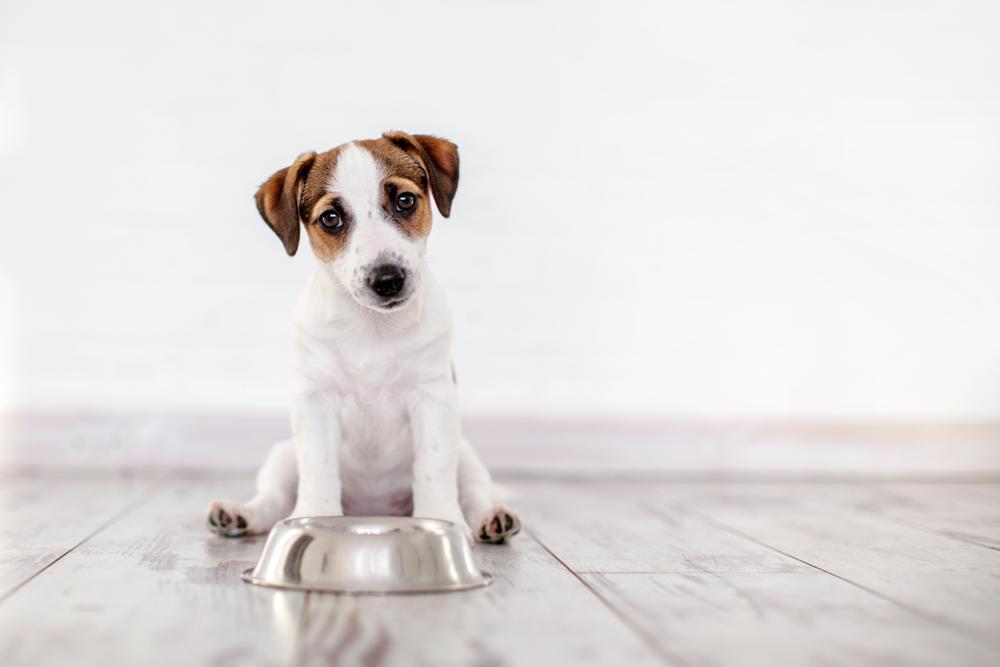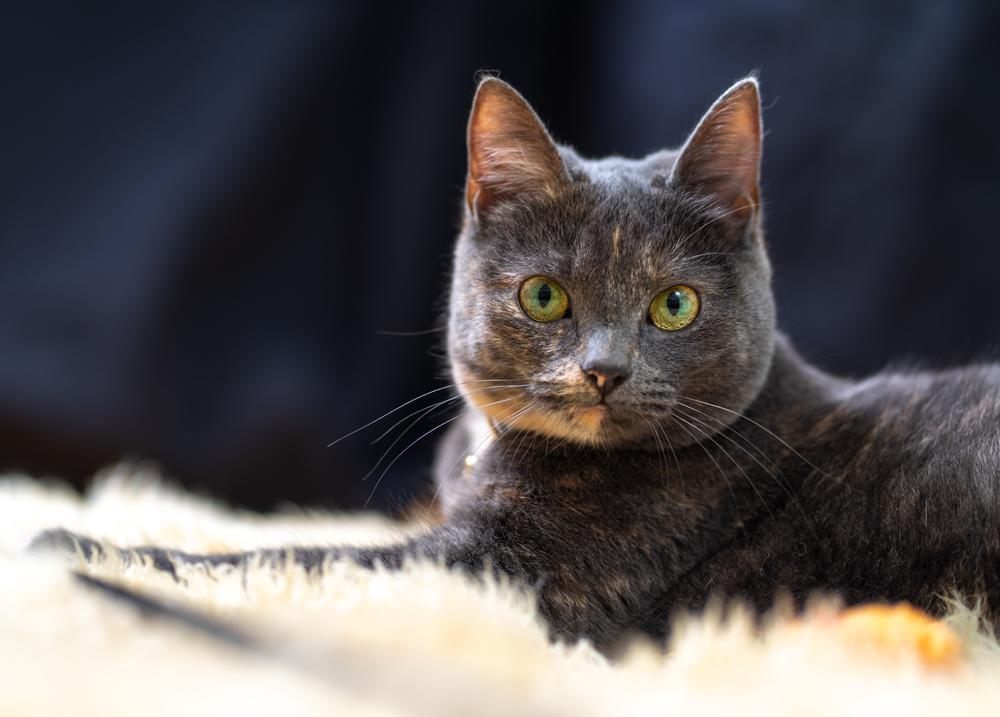As a cat owner, you may have had the joy of dealing with furballs at some point during your cat ownership! The panic setting in when you here ‘that noise’ coming from your cat, the fear of stepping in one when the lights are off… it’s never the most enjoyable part of cat companionship! Here at My Pet Nutritionist, we thought it would be useful to have a short guide on furballs in cats – learn what they are, why they happen, how to help prevent them, and what to do to support the body when the cat has one!
What are Furballs?
Furballs, are literally as they are called – balls of fur! These balls of fur are forced up through the oesophagus, and expelled through the mouth. They are usually tubular in shape, but can be unformed balls of matted fur, much resembling felt. The scientific name for ‘furball’ is ‘trichobezoar’. Fur is made from a protein called Keratin, just like our hair, and nails. Keratin is indigestible for all animals.
How Do They Happen?
When your cat ingests a large amount of fur, there becomes a backlog due to it being indigestible. As the amount of fur in the digestive system builds up, the risk of intestinal blockages becomes higher, so the body tries to expel it from the digestive tract. Poor gut motility may make this more difficult.
Why Do They Happen?
There are many reasons furballs may occur in your pet. Let’s take a look at some of these.
General Grooming of Long Fur
Longer haired breeds of cat tend to suffer more with furballs, purely due to more hair being ingested during maintenance grooming. The cats tongue acts like a comb – it is covered in tiny hook-like barbs, which act as the teeth of a comb in order to remove knots, and dead fur. Shorter haired cats also ingest fur during grooming, but this tends to be less problematic than those with longer fur. Maine Coons, Ragdolls, Persians, and other long haired breeds are most commonly seen with recurrent furball issues.
Over Grooming
Over grooming is one of the main problems we see in cats. This is when the cat obsessively grooms itself. While grooming to keep fur separate (and therefore comfortable) is normal, excessively grooming can cause baldness, and massively increases the chances of furballs.
Overgrooming can be caused by anxiety in cats, as well as allergies. Stressed cats will often self-soothe by licking/grooming their fur. Those with allergies will be itchy, so the cat will over groom, in an attempt to calm the itch.
Pain is also a possible reason for over grooming – in these cases, the cat will usually lick the area of pain.
Imbalanced Microbiome
The gut microbiome is an important factor in nearly every health complaint, and furballs are no different! Poor gut health can lead to poor motility in the gut. We need gut motility to be fast in order to push fur through, and to reduce contact between pathogens and the gut wall.
Poor gut health, and an imbalanced gut with missing or reduced proportions of some beneficial bacteria can contribute to inflammation in the gut. This presents clinically as Inflammatory Bowel Disease (IBD). When the gut is inflamed, it becomes even more difficult due to poor gut motility, to push fur through the intestines and out through the anus in faeces.
How Can We Prevent Them?
Groom your cat regularly! The more grooming you do with brushes, the less loose fur there is for them to ingest during self-grooming! Try to groom your cat daily, especially if long haired, and also during spring, when the coat is shedding more.
Feed fresh! The moisture content of fresh, or high quality wet foods is essential for so many aspects of feline health. Feeding moist foods is also great for gut motility, as the gut requires moisture to move fur along faster. Offering bone broth to those who are unable to eat a high-moisture food may be beneficial to increase the moisture consumed by your cat.
Get those omegas in. Omega 3 is very important to reduce inflammation in the body, aiding gut motility, as well as keeping fur soft. The better condition the coat is in, the less shedding that occurs, and therefore the less furballs!
Feed probiotics to help the gut microbiome flourish. Keeping the gut microbiome well populated can help gut motility, and help push the gathered fur through the gut.
Ensure your cat’s diet contains plenty of fibre! Wheatgrass is a great source of fibre for cats, and can be found in our
balanced recipes for cats!
Findings Here
Supporting the Body
If you find your cat has a furball, there are some things we can do to help support the body.
Conventional Treatments
When you take your cat to the vet, and furballs are found to be the issue, they will often prescribe a form of laxative paste. These often contain artificial sweeteners, malt extract (high in sugar, and made from grains) and other undesirable ingredients, including non-specific ‘hydrolysed animal protein’, or meat meal (ground and dried abattoir leftovers). High sugar dietary components are not suitable for cats, and laxatives may cause other gastrointestinal problems if used regularly.
Take a look at some of the natural options below!
Fibre
While fibre isn’t generally required by cats in large amounts, a little fibre in the diet can go a very long way! Organic Wheatgrass (commonly sold as Cat Grass) is high in dietary fibre, as well as being packed full of vitamins and minerals! It can be offered fresh, or powdered. A tiny sprinkling of Psyllium Husk may also aid gut motility.
Mucilage Herbs
An important group of supplements for those suffering from furballs, is mucilage herbs. Deglycyrrhizinated Liquorice (DGL), Marshmallow Root, and Slippery Elm are all fantastic choices. Mucilage herbs can help soothe the oesophagus, and the rest of the digestive tract, which is important to keep your cat comfortable during the passing of a furball, and help the furball move through the digestive tract smoothly.
High Moisture Diet
The most important thing we can do when our cat has furballs, is feed a high moisture diet! The worst thing we can feed our cats suffering with furballs, is a dry food. Dry food is incredibly drying on the gut. A raw food, freshly cooked food, or high quality wet food will be preferable to ensure a sufficient moisture intake. The high moisture intake will help flush the furball through the digestive tract.
By feeding a fresh diet, there is also a lower risk of bowel inflammation, which reduces the risk of blockages.
We hope this guide helps you, and your cat, keep furballs at bay, or helps your furball-prone cat to pass them with ease! If you need guidance for your cat, whether it’s to improve their current regime, or to help with an existing dietary issue, please don’t hesitate to book in with one of our team!
Team MPN x
